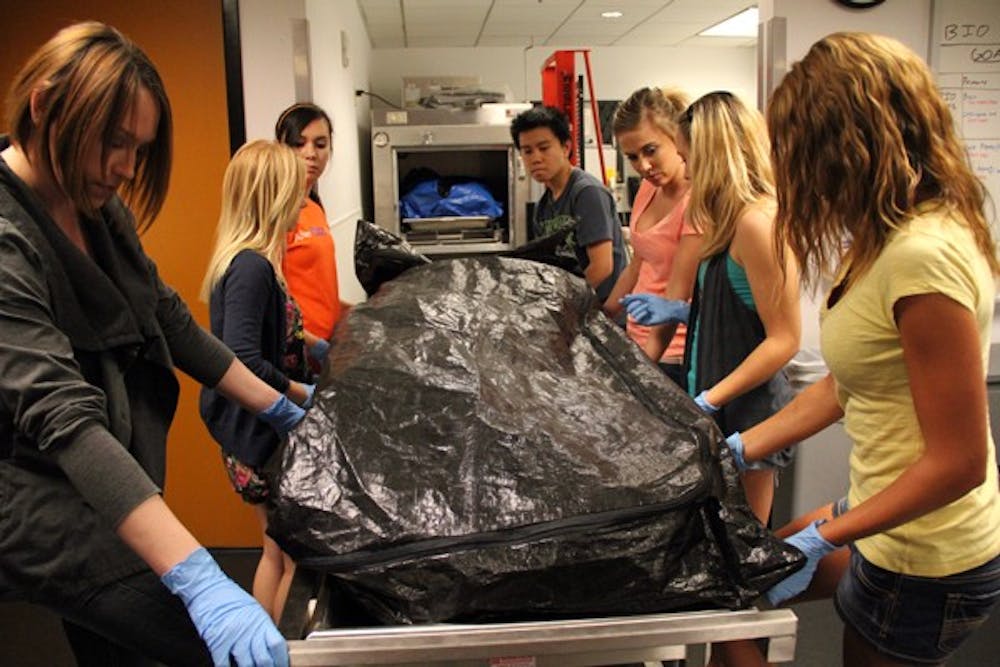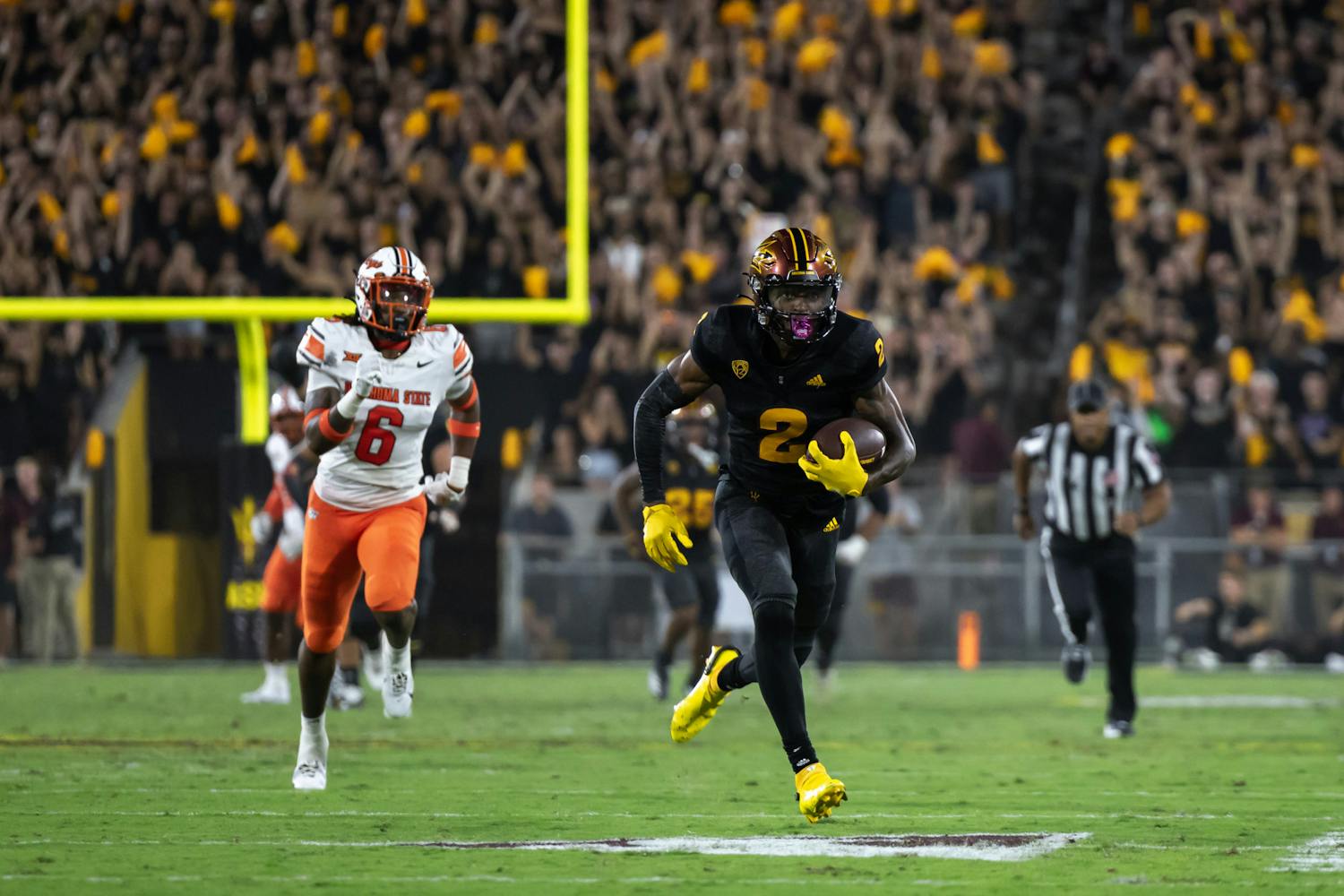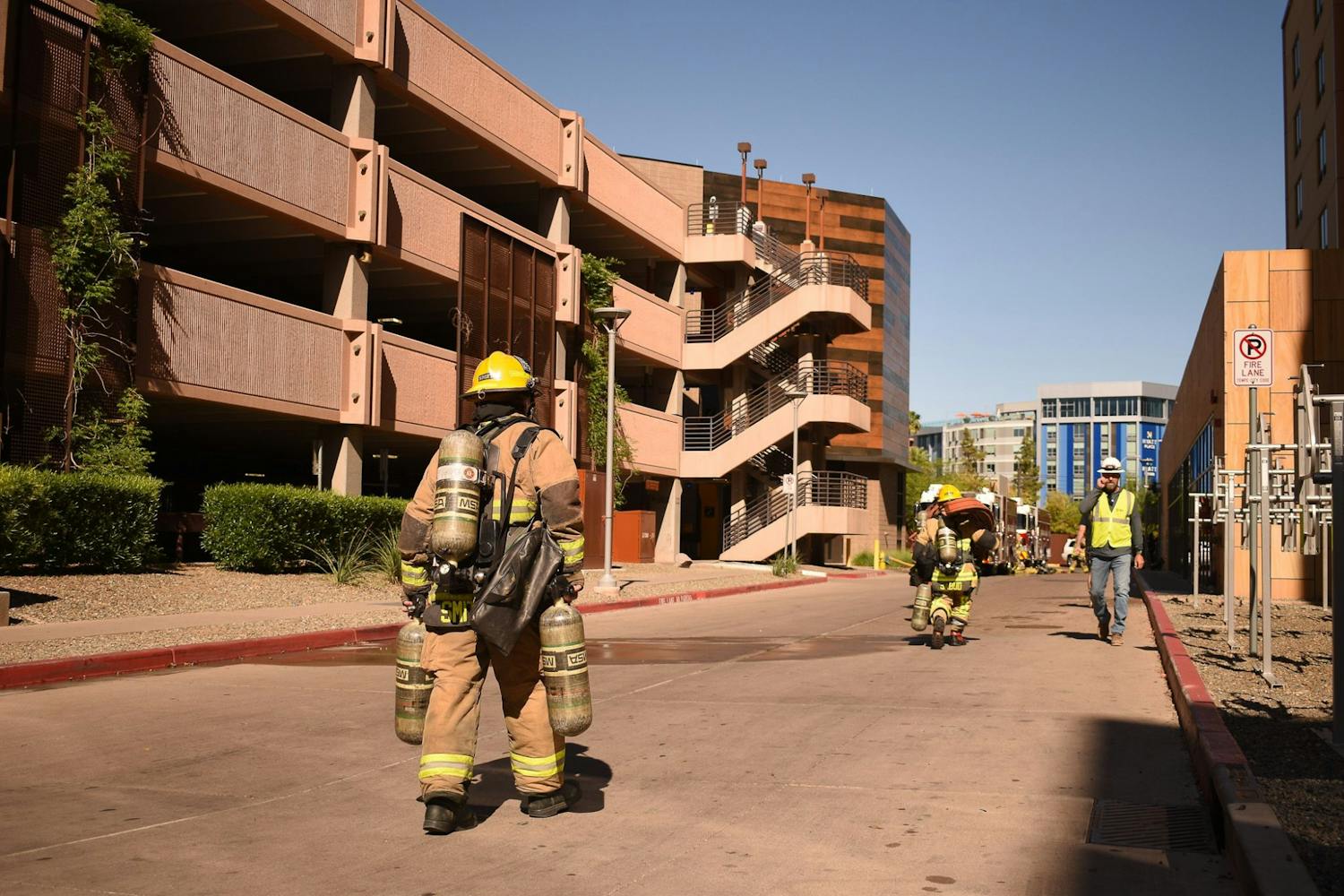Students in BIO 494 aren’t just learning what a human body looks like in a textbook, but are also learning how a human body looks fresh out of the body bag.
Students meet every Wednesday on the Downtown campus in John Olson’s lecture and lab to learn theory and hands-on training with the bodies to prepare them for the medical field.
"This one's kind of juicy, isn't she?" Olson said as he cut into one of the bodies.
When students were asked Wednesday to remove the body’s bladder, a distinct mint gum smell filled the air.
The students use “cadaver juice” to preserve the bodies, which has a mint scent, Olson said.
“If you smell Doublemint gum, that’s my room,” Olson said.
The students take the bodies out of the refrigerators with a forklift after Olson’s lecture. Then they begin their in-class assignment with scalpels in hand.
Students clean the bodies by removing fat and muscle tissue for Olson’s BIO 201 and 202 classes to study.
Nursing sophomore Juleigh Stephens said they are not aware of the bodies’ medical history at the beginning of the semester, but they find out more by studying the body’s internal organs.
“The guy who is in the fridge had two inferior vena cavas, and we thought he died of cirrhosis of the liver,” Stephens said. “(And) she had a hysterectomy, so it’s kind of cool to know what it looks like.”
Stephens said the interactive part of the class helps her connect theory to practice.
Nursing sophomore Jearvin Bosi said studying the anatomical pictures in a textbook and then studying the body in a 3-D space will help him in the future.
“This is one of two classes I look forward to every week because it’s different,” Bosi said. “You don’t sit in lecture and listen to a professor talk. You get (to) use your hands.”
Olson said he sees why the students enjoy the class and find it easier than learning “Byzantine poetry.”
“If you can keep the students laughing and having a good time doing it, they will learn 90 times more than if they are sitting there bored out of their skull,” he said.
Olson said he teaches students to apply the textbook theory to the methods they will see in the real world.
“It takes three semesters before you can watch ‘House’ and actually appreciate it,” Olson said.
Reach the reporter at thaniab@asu.edu
Correction: An earlier version of this article misquotes nursing sophomore Juleigh Stephens and Vanessa Waters.
Follow us on Twitter or like us on Facebook. Click here to subscribe to the daily State Press email newsletter.





